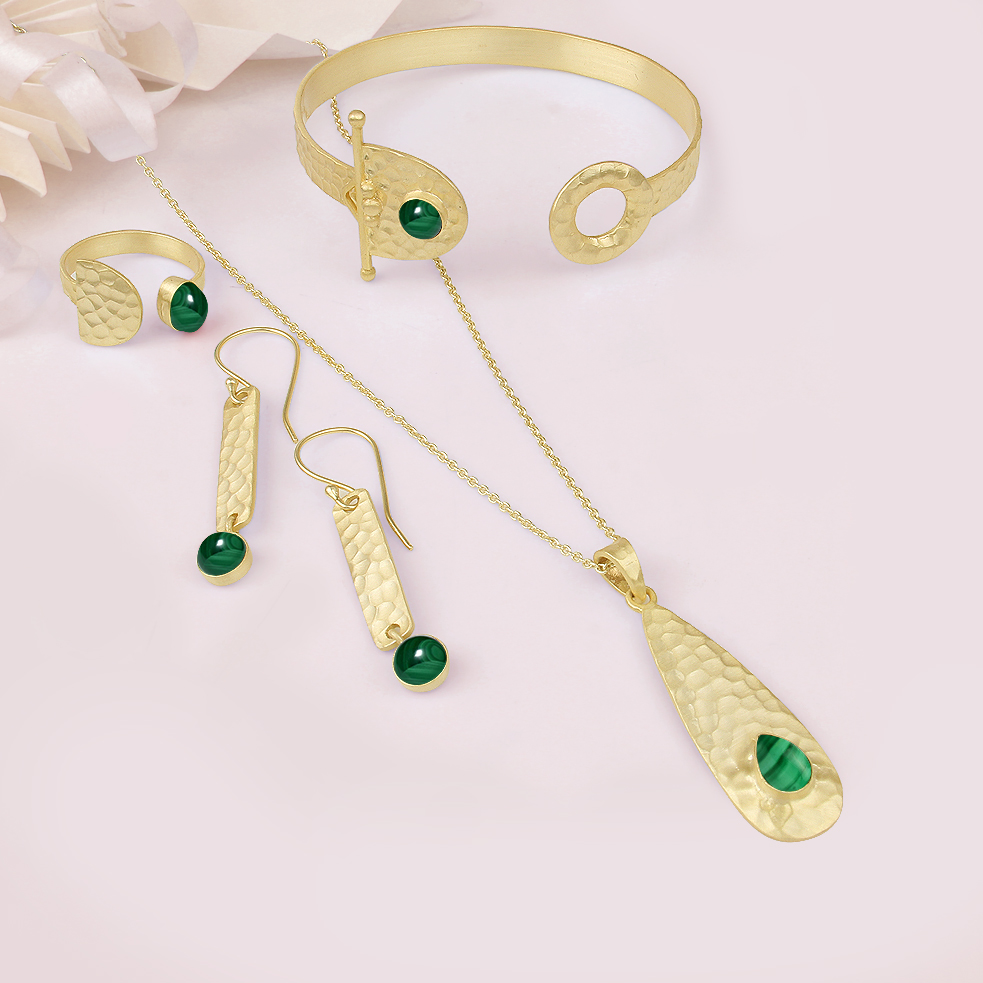Malachite Rough Gemstones For Healing And Jewelry

People often wonder about the difference between the malachite's standard stone and the rough gemstone. Even though it is not visible to the standard people, the jewelry manufacturers understand the minute differences existing between these two stones. Most of the jewelers prefer selling wholesale malachite rough jewelry to provide rough designs. Manufacturers and designers commonly used them in pendants and the form of crystals because of their structure. The design of the products is usually unpredictable, and hence people prefer them globally. People while purchasing these jewels they buy them without understanding the actual meaning of the product. But they must identify the difference between each stone and how they differ. This passage will act as a reference guide for people and customers who worry about such differences. History This gemstone has been existing in the market for nearly 4,000 years. They are available from 4000 BC. With history, we initially used the...
